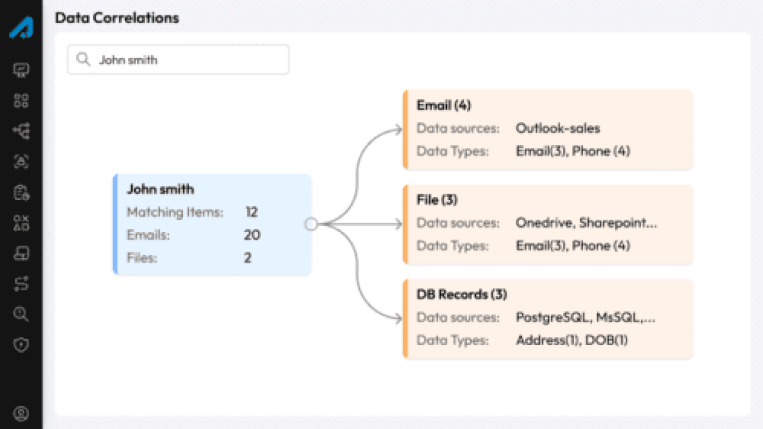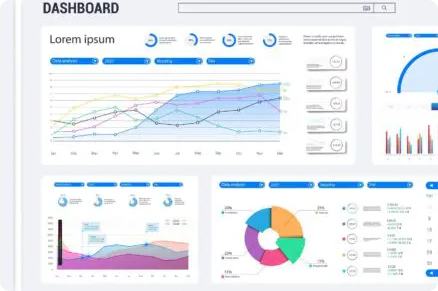Self-Learning Data Classification
Classify all data types seamlessly, prioritize sensitive information, and maintain complete control effortlessly.
Scalable Data Classification for All Data Types
Easily classify all data types—including unstructured, semi-structured, and structured files, documents, emails, and images—whether at rest or in motion. Prioritize sensitive data and scale effortlessly with intuitive tools like classifier builders, inclusion/exclusion ranges, and simultaneous handling of metadata, physical, and document data—empowering you to stay in control.
Secuvy for Enterprise
Join these leading organizations who trust Secuvy





AI-Powered


Intent Assigned to Data
Secuvy’s platform offers data mapping by effortlessly connecting data attributes, which creates a thorough inventory and organizational map.
Use Cases
Secuvy automates contextual classification of unstructured data as it is created or modified based on the user, source, and application. With Secuvy’s multi-dimensional classification, all sensitive and personal information is identified and tagged.
Protect Intellectual Property
Enhance Data Loss Prevention
Ensure Regulatory Compliance
Read More

Healthcare Organisations have massive amount of Unstructured data. Learn How Secuvy AI can minimize these risks


As of 2021, we are creating 1.145 trillion MB of data per day. And come 2025, we will have up to 463 exabytes of data at our hands each day....




Ready to see Secuvy in Action?
Experience Secuvy in Action: See How Our Solutions Can Transform Your Data Governance
Additional Resources

What inspired the rise of LLMs and why now? We have witnessed the remarkable rise of generative AI, powered by vast amounts of pre-trained data within large language models (LLMs)....

What every privacy & legal team needs to know. Around 2008, storage prices reached a downward inflection point and have been drastically reducing since. Technological advances, such as the rise of SaaS, ...

With organizations storing years of data in multiple databases, governance of sensitive data is a major cause of concern. Data Sprawls are hard to manage and increase an organization’s risk...